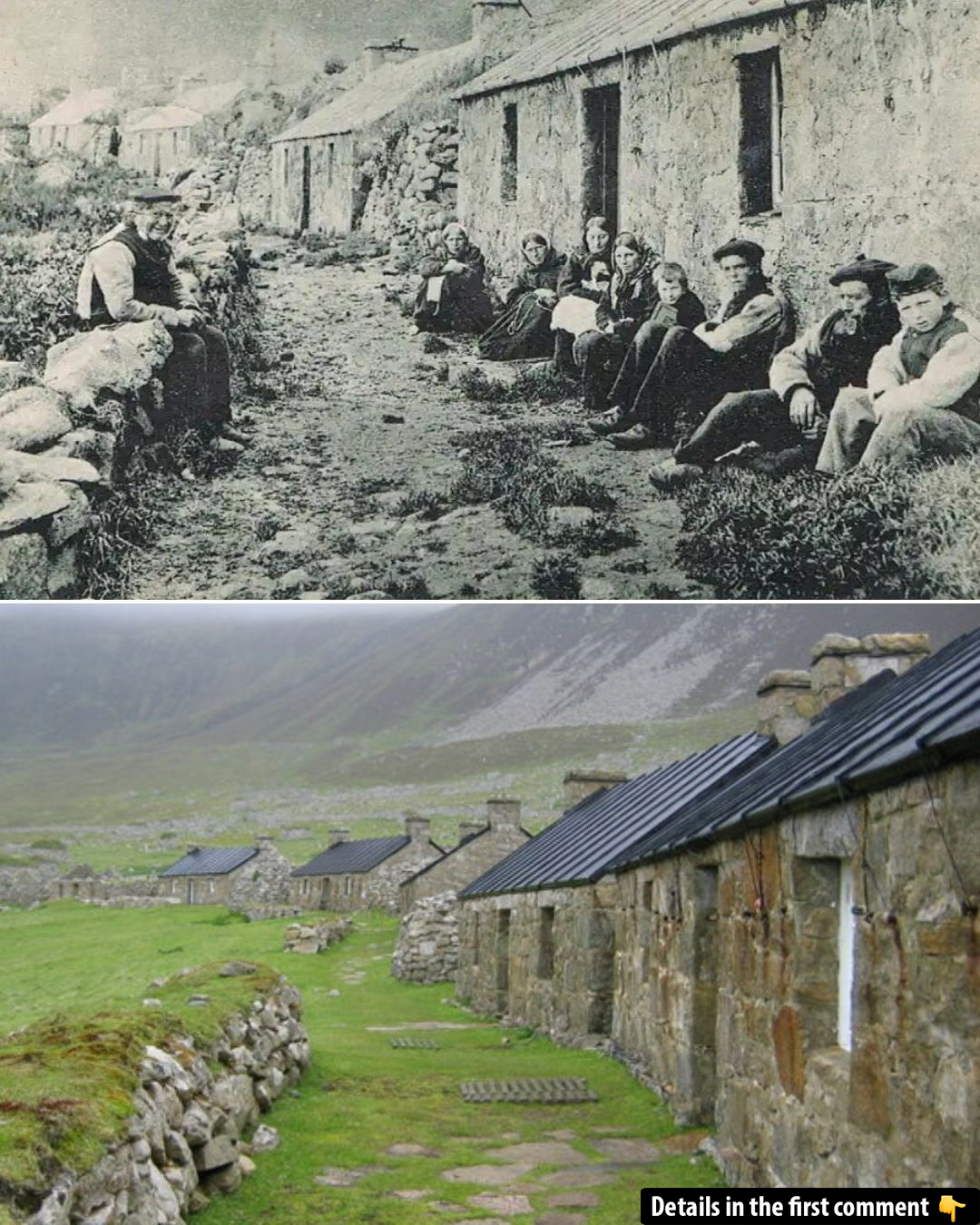Hirta Island, located in the remote St Kilda archipelago off the coast of Scotland, is a place of both beauty and mystery. Once home to a thriving, isolated community for over 2,000 years, it now stands abandoned, a haunting reminder of the past. The island’s history is a tale of survival against harsh conditions, followed by the slow but inevitable decline of its population. Today, Hirta serves as a UNESCO World Heritage Site, attracting visitors from around the world to witness both its natural wonders and the ruins of a once-vibrant human settlement. But how did this community, which survived for millennia, come to be abandoned? And what remains of their lives today?
Early Life and Survival on Hirta
Hirta’s early settlers, despite the challenges posed by its rugged environment, were able to build a life through sheer determination. Archaeological evidence suggests that humans inhabited the island for over two millennia, adapting to its harsh climate and isolation. With little more than wind-swept cliffs and cold waters surrounding them, the islanders turned to the seabirds that nested along the island’s cliffs for sustenance. Puffins, fulmars, and their eggs became staples of the local diet.
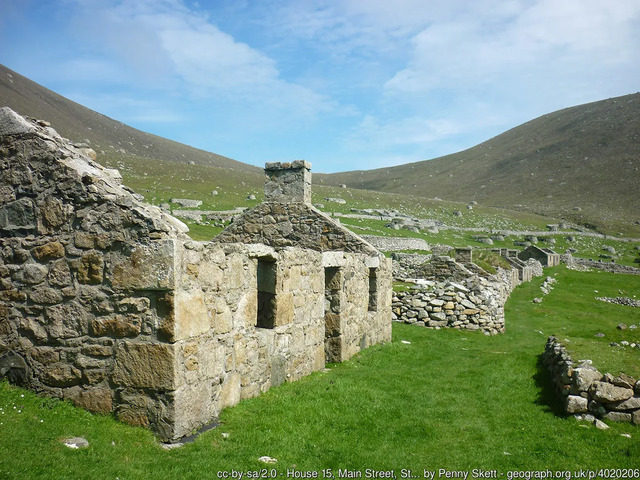
These islanders developed extraordinary climbing skills to gather eggs from the steep cliffs, an activity that became not only a survival mechanism but also a cultural tradition passed down through generations. In addition to seabirds, the residents relied on crofting – a small-scale farming technique. Though limited in resources, the island’s ecosystem was sufficiently harsh and resilient, pushing the people to become self-sufficient and resourceful. Through their ingenuity, they thrived for centuries, carving out a life in this isolated corner of the world.
Video
Check out the video on St Kilda, the abandoned Scottish archipelago, exploring Hirta and Soay Islands – it’s a hauntingly beautiful journey!
The Development of Main Street Cottages
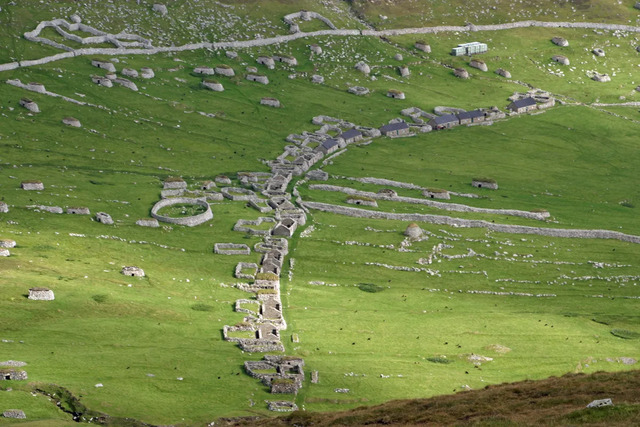
By the mid-19th century, the people of Hirta began to adapt further to modern influences, even as their environment remained unforgiving. In 1861, a new development on the island marked a shift: the construction of sixteen single-story cottages along what the residents called “Main Street.” These homes were a significant step forward, offering greater durability and comfort compared to the earlier blackhouses.
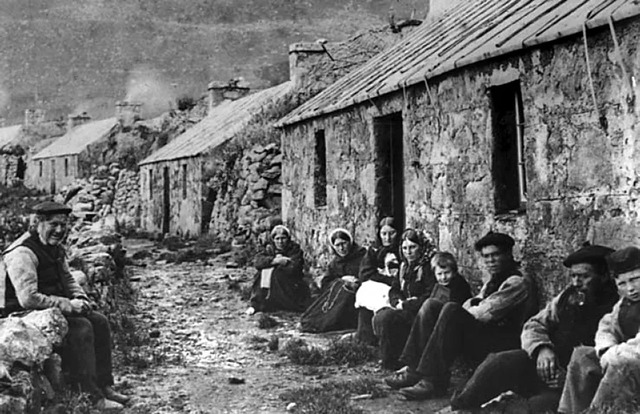
Built from stone with slate roofs, these cottages had chimneys, which was a major improvement over the older blackhouses, where the smoke from the hearth would gather inside the roof. The new cottages were better insulated and offered more protection against the frequent storms that lashed the island. For the islanders, these homes symbolized a new era of hope and comfort. However, despite these improvements, the encroaching influence of the outside world and the pressures of modernization would eventually make the old way of life unsustainable.
The Decline and Final Evacuation of Hirta
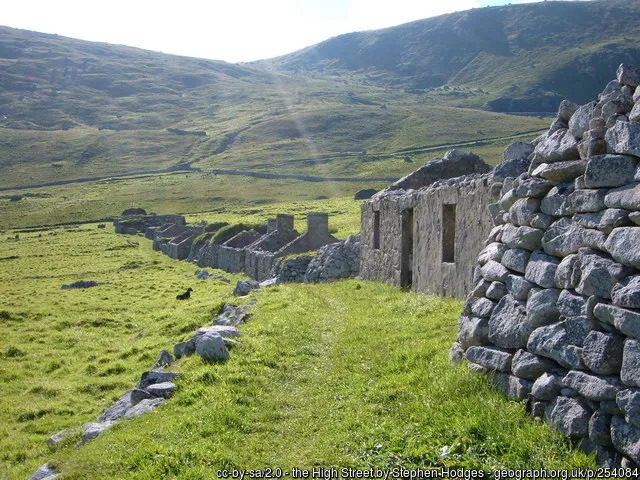
Despite the seemingly stable period marked by the new cottages, the forces of change were already beginning to take hold of the island. The introduction of tourists, especially from steamships, brought with it new diseases that the islanders had never encountered. The remote island community had no immunity to these illnesses, and many lives were lost. Additionally, the effects of World War I began to be felt even in such a distant place, further straining the island’s population.
By the 1920s, emigration had become a more common option for many young islanders. The promise of better education, healthcare, and job opportunities on the Scottish mainland drew many away from their ancestral homes. The population continued to dwindle, and by 1928, only 36 residents remained. A combination of influenza, contaminated farmland, and the loss of a generation during the war led to the final collapse of the island’s traditional way of life.
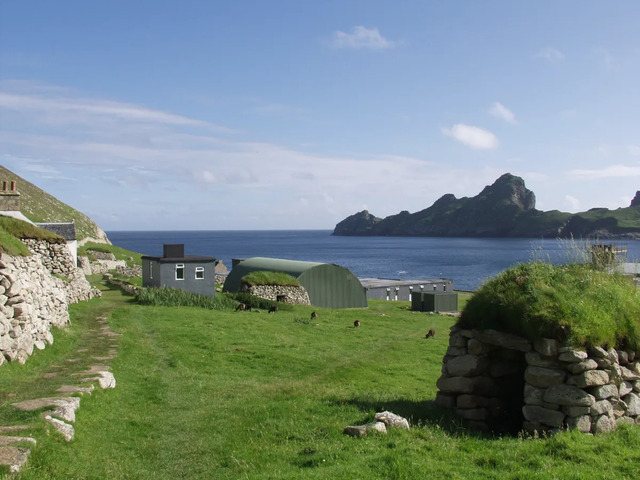
In 1930, following the tragic death of a young woman due to appendicitis, which might have been treatable on the mainland, the remaining islanders made the difficult decision to request evacuation. On August 29 of that year, the remaining inhabitants were taken from their homes by ship, marking the end of over two millennia of continuous habitation on the island. They left behind a plate of oats and an open Bible in each cottage before boarding the ship, symbols of their departure and the end of an era.
Hirta Today: A UNESCO World Heritage Site
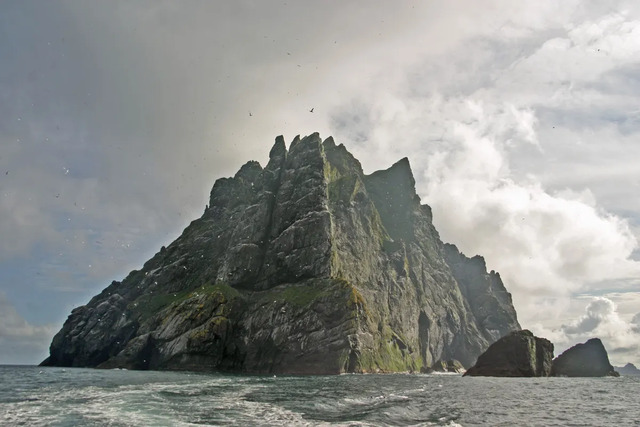
Hirta’s story did not end with the departure of its last inhabitants. Today, the island is a UNESCO World Heritage Site, recognized for both its cultural and ecological significance. While no humans reside there, the island is home to a thriving population of wildlife, including the Soay sheep, a primitive breed brought to the island by early settlers. These sheep, along with the island’s cliffs, provide nesting grounds for thousands of seabirds, including puffins, gannets, and fulmars.
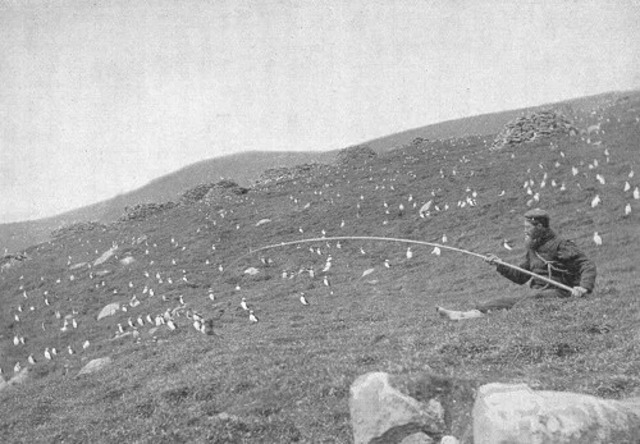
Hirta is a place where the past and present meet. Visitors today can explore the remains of the cottages and the older blackhouses, providing a glimpse into the lives of the island’s former residents. The island’s beauty and isolation make it a hauntingly tranquil place, where the echoes of the past can still be felt. The ruins tell a story of resilience, survival, and loss, and they stand as a reminder of how fragile human existence can be when faced with the forces of nature and the inevitable march of time.
The Ongoing Preservation and the Lessons of Hirta
Preserving Hirta is no easy task. The remote location, coupled with the harsh weather conditions, makes conservation work challenging. However, organizations such as the National Trust for Scotland work tirelessly to protect the island’s cultural and natural heritage. Their efforts ensure that the ruins of Hirta remain intact for future generations to witness and learn from.
The story of Hirta offers several lessons for us today. It reminds us of the fragility of small communities and the importance of sustainability. As the world becomes more interconnected, the story of Hirta serves as a cautionary tale about the dangers of isolation and the inevitable impacts of external influences, such as disease and modernity, on vulnerable communities. Hirta’s people lived in harmony with their environment for thousands of years, but the forces of change were too great to overcome.
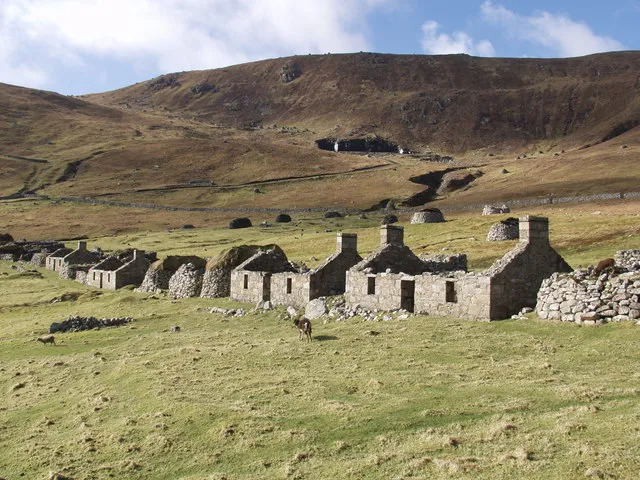
Video
Watch the video on the Island of St. Kilda from 1908 – it’s a fascinating glimpse into a lost world!
Conclusion: A Place Where History Lives On
Hirta Island, with its abandoned cottages and empty blackhouses, is a powerful symbol of a bygone way of life. Its ruins are more than just physical remnants; they are a testament to the perseverance of a people who made a life in one of the most remote places on Earth. While no humans live on Hirta today, the memory of its people endures, preserved in the stone walls and the stories passed down over generations.
Visiting Hirta is more than just a trip to a desolate island; it is a pilgrimage to a place where history and nature intertwine. The island’s emptiness speaks to the resilience of those who once called it home, and it serves as a poignant reminder of the ever-changing tides of history. For anyone interested in history, culture, or simply the beauty of remote places, Hirta Island offers a unique and unforgettable experience, echoing with the voices of the past.
